Not long ago, one of Richard Nixon’s advisors spilled the beans on the president’s actual agenda with the war on drugs. Nixon’s former advisor, John Ehrlichman, said that the war on drugs was a means of criminalizing the activities of two groups: the antiwar left and black people. Nixon was smart enough to know that you couldn’t make protesting or being black a crime, so he criminalized drugs instead. He was able to get the public to associate hippies with weed and blacks with heroin. He made those drugs illegal and he disrupted their communities. As Ehrlichman put it, “Did we know we were lying about the drugs? Of course we did.”
The ACLU called the war on drugs the new Jim Crow. This was sixteen years ago. Time has only lent evidence to this claim. Since the 1980s, the rate of incarceration has over quadrupled from roughly a half million to 2.3 million people, according to the NAACP. Of these 2.3 million, nearly one million are African American. Although rates of drug crimes among caucasian populations are ten times higher than African American populations, African Americans are incarcerated at a rate ten times that of whites for drug crimes, and six times that of whites for all crimes. African Americans are not the only race facing the burden of incarceration. Hispanics in combination with African Americans fill 58 percent of prisons, although they only make up about a quarter of the population. One in six black men and 1 in 100 black women have spent or are currently spending time in prison. If trends continue, one in every three black children born today will spend time incarcerated.
Crack cocaine is often used as an example to show that laws are a contributing factor in unbalanced rates of incarceration. In 2002, 80 percent of those sentenced for possession of crack were African American, despite the fact that over two thirds of crack users were white or Hispanic, according to the NAACP. In comparison to regular cocaine, the penalty for crack is 18 times higher. This means for every gram of crack that you possess, you will receive the equivalent sentencing guidelines of someone with 18 grams of coke. This is a drastic improvement when compared to the previous gulf of 100-to-1, which occurred prior to the passage of the Fair Sentencing Act in 2010.
Another issue, which can help explain unbalanced rates of incarceration, is selective policing. Research suggests that, even at a subliminal level, law enforcement tends to target minority populations much higher than caucasian ones. The percentage of traffic stops compared to the percentage of the total population for minorities is much higher than for whites. Something must change.
It is obvious that the war on drugs was not waged for the benefit of citizens. Maybe we should stop fighting such a war.






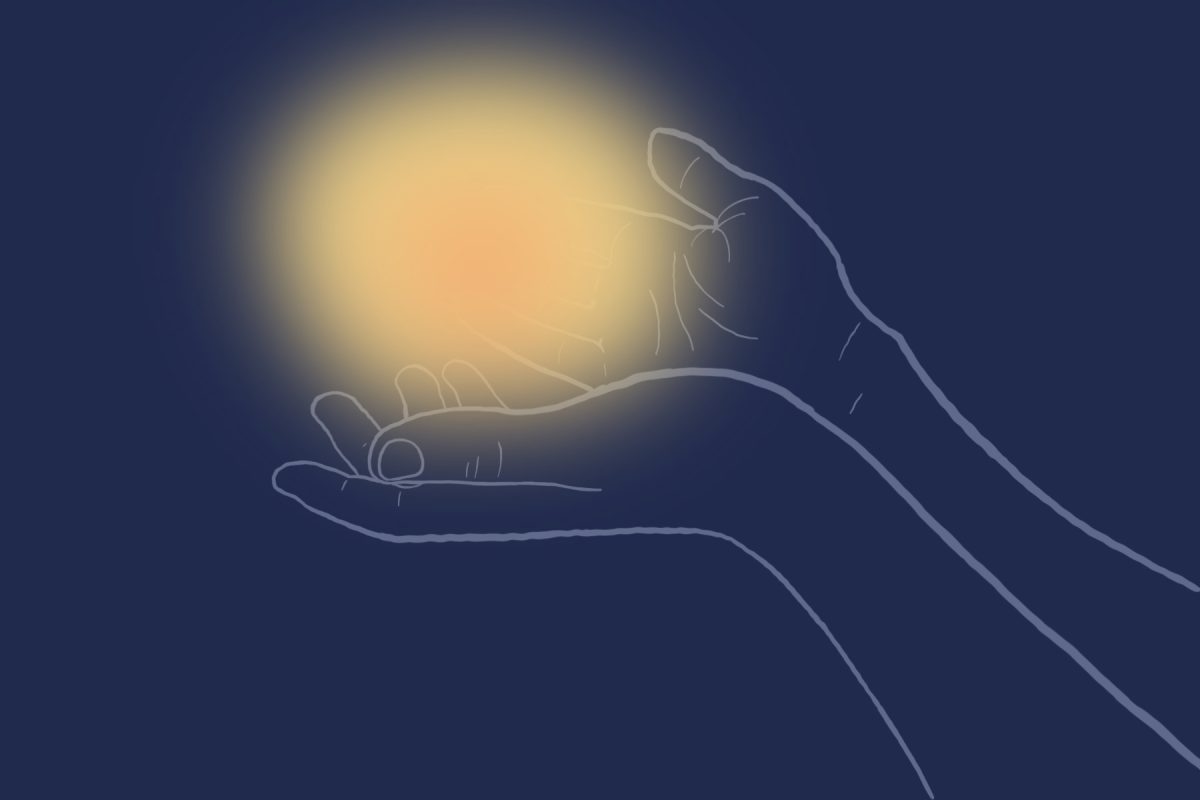
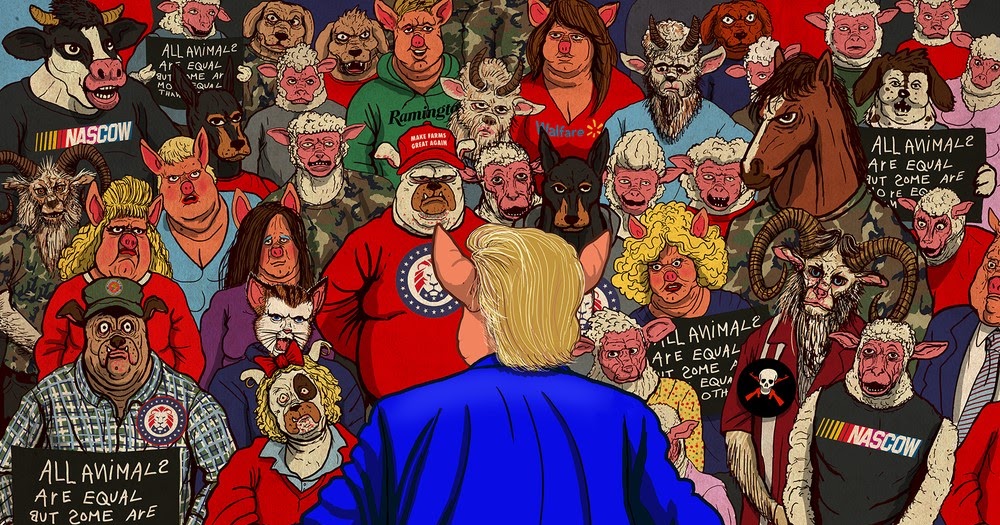
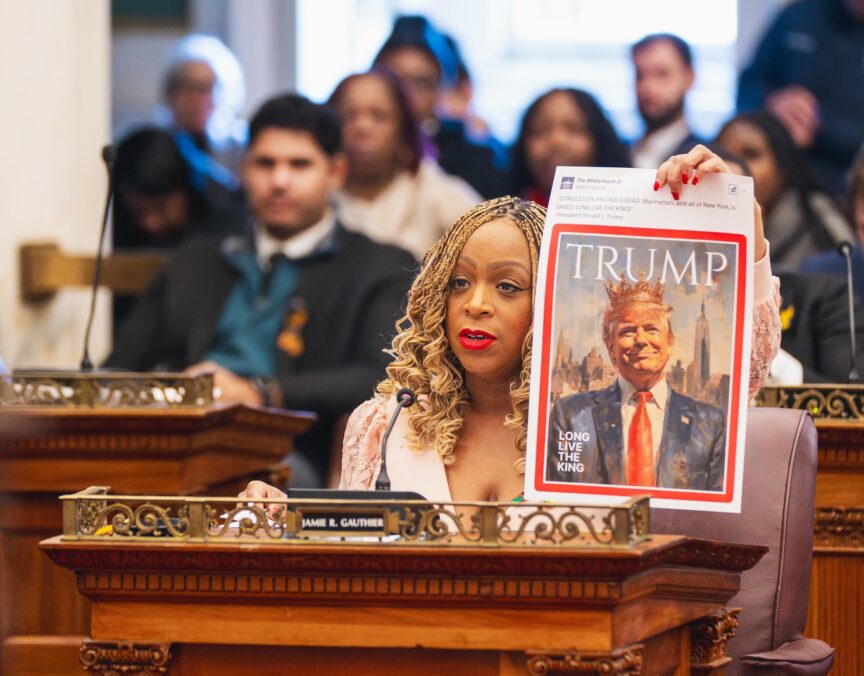
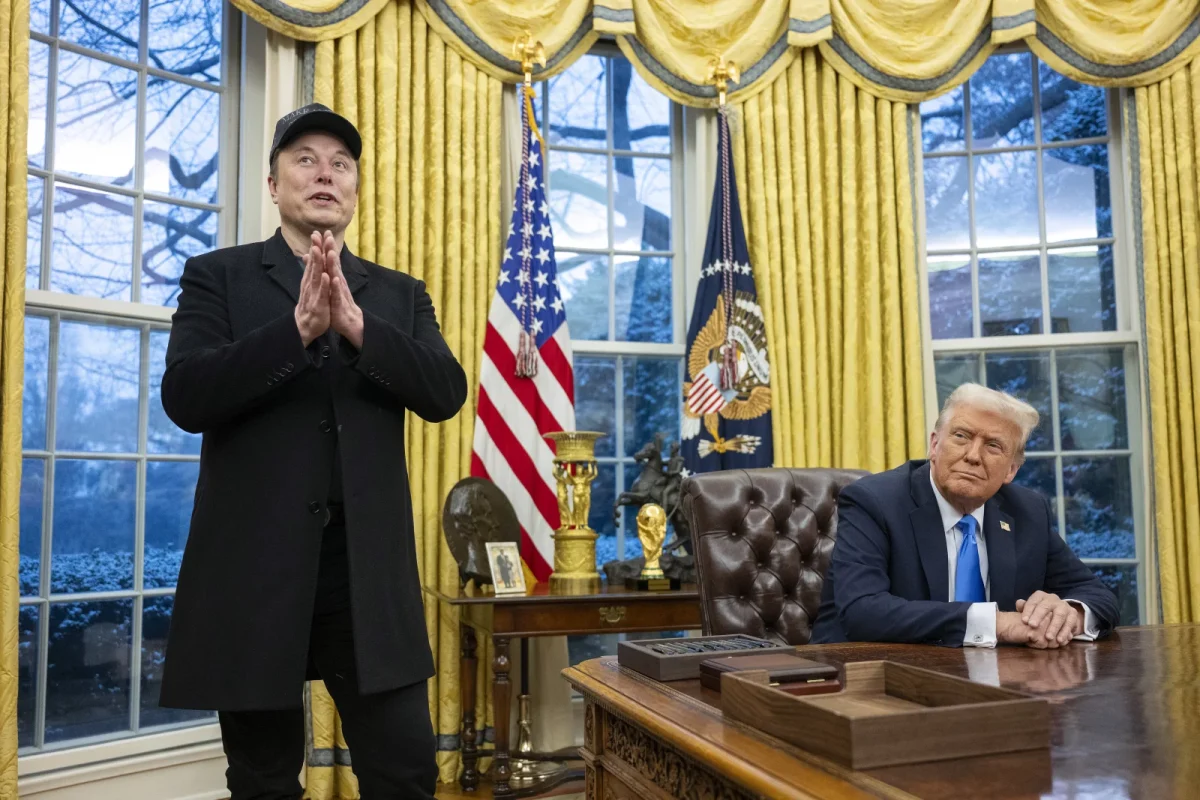
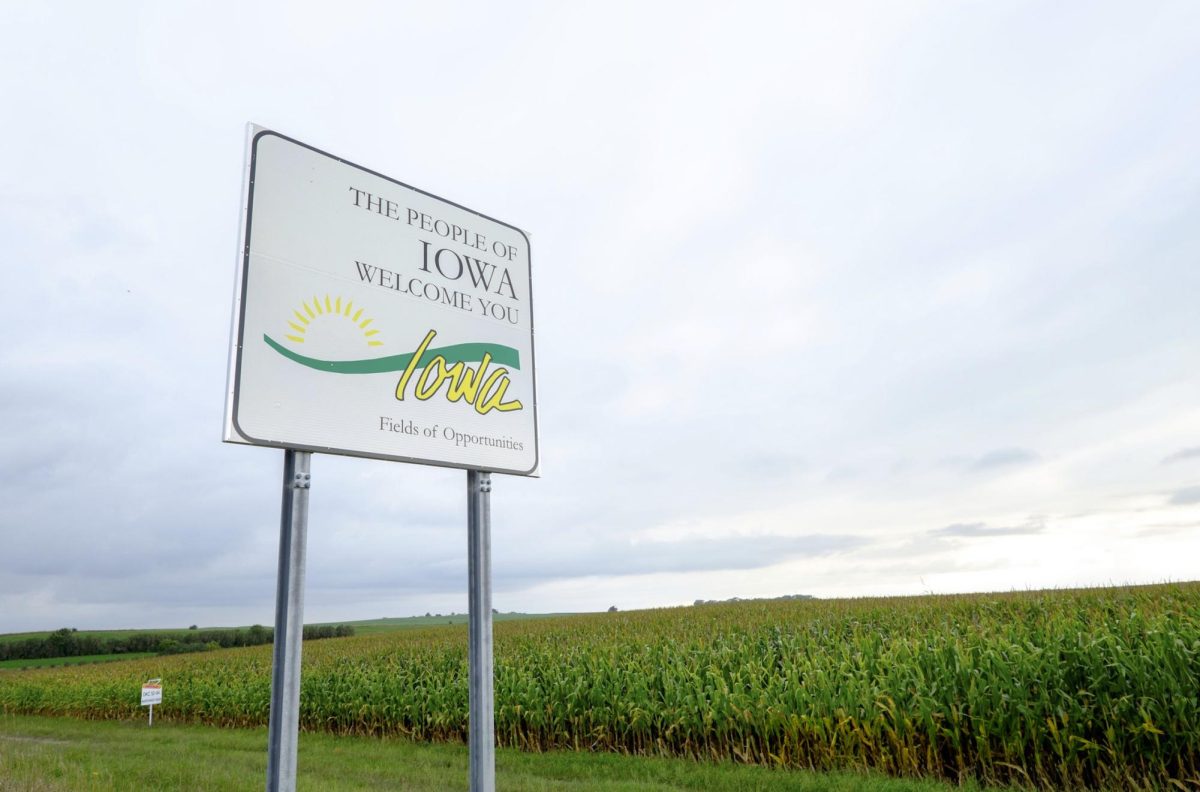
Kyler • Apr 1, 2017 at 5:23 am
What about the hippie incarceration rate thou?